Casa Gorordo Museum Cebu: Complete Guide, History, Entrance Fees & Travel Tips (2025)
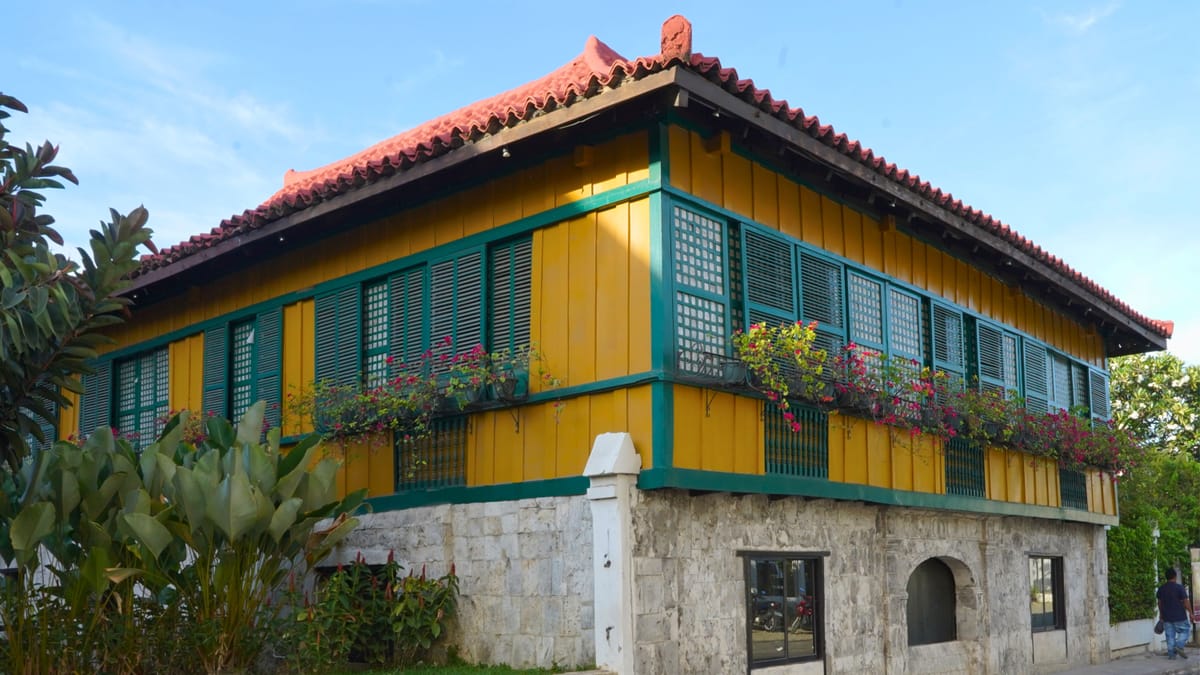
Go back in time and experience the historic soul of Cebu at Casa Gorordo Museum, one of the city’s most beloved heritage landmarks and among the top things to do when in Cebu (according to TripAdvisor reviewers). This beautifully preserved ancestral home offers a rare, intimate look into Filipino life during the twilight of the Spanish colonial era. Casa Gorordo saw revolutions, religious milestones, and Cebu's growth into a major port city. Now, it tells the story of Cebuano culture and strength.
What is Casa Gorordo Museum?
More than just an old house, Casa Gorordo showcases the elegance and daily life of the Filipino upper class from the mid-19th to early 20th centuries. Initially built in the 1850s by Alejandro Reynes y Rosales, it was purchased in 1863 by Spanish merchant Juan Isidro de Gorordo. The house’s legacy deepened when Juan Bautista Gorordo, Cebu’s first Filipino bishop, made it his home, guiding the city through major transitions, including the peaceful handover to American forces in 1899.
Thanks to the Ramon Aboitiz Foundation Inc. (RAFI), Casa Gorordo was meticulously restored and opened to the public in 1983 as Cebu’s first heritage house museum.
A Glimpse into Cebu's Colonial Past
Visiting Casa Gorordo feels like stepping inside a time capsule from the 1860s when galleons docked at Cebu’s port, bringing culture and change with them. The house sits in Parian, once home to Cebu’s mestizo families, where Spanish, Chinese, and indigenous influences blended into a cultural mosaic. Every coral stone block and hardwood beam inside Casa Gorordo whispers of this history.
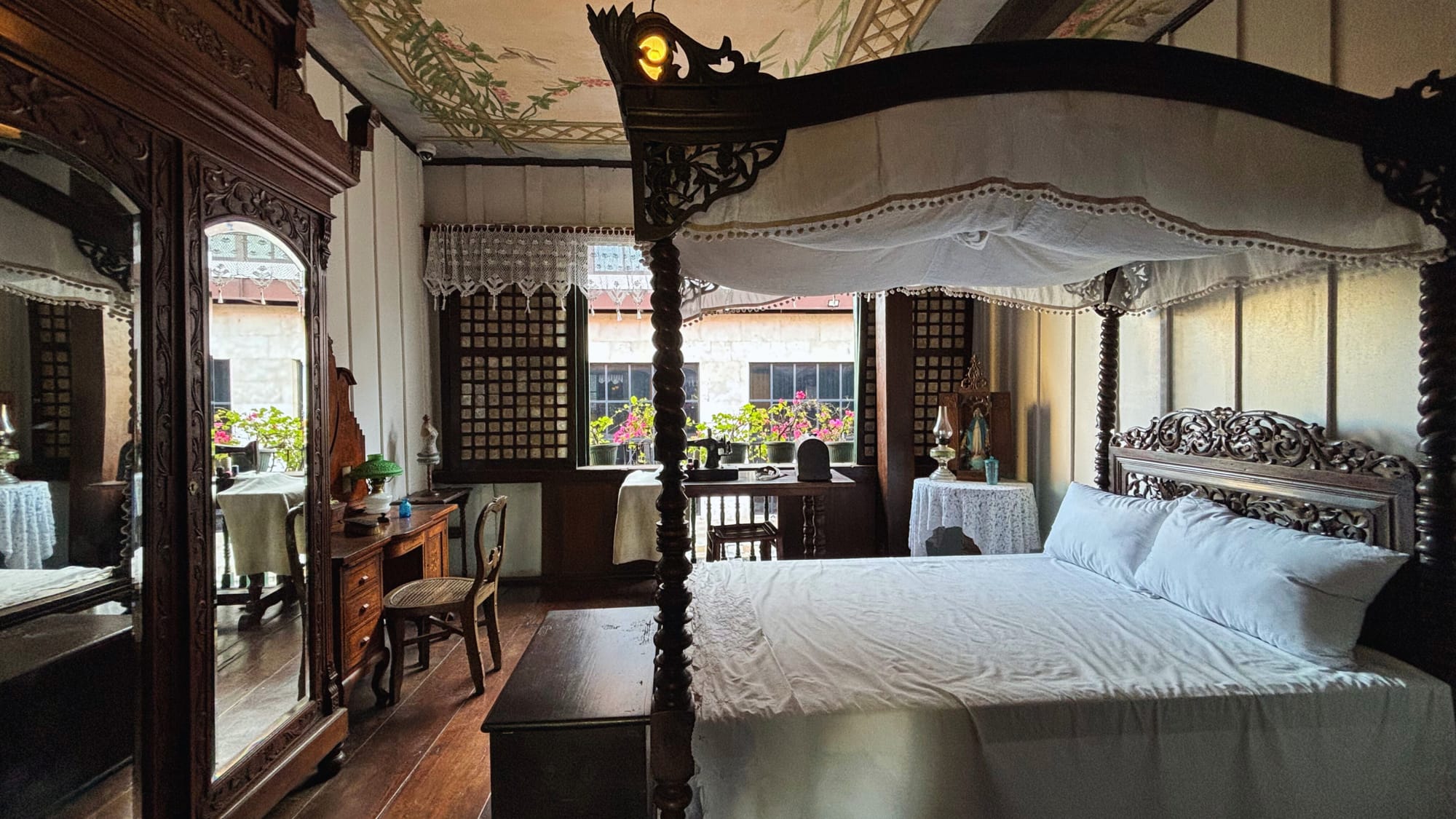
Why Casa Gorordo is a National Treasure
Designated a National Historical Landmark in 1991, Casa Gorordo embodies the importance of heritage preservation in Cebu City. It exemplifies the 'Bahay na Bato' structure, combining a ground floor of coral stone with upper levels of timber, which is a prominent Filipino-Spanish architectural form. The house chronicles Cebu’s history, reflecting the city's development, especially during its emergence as a key port in the Visayas.
With RAFI’s commitment to restoration and stewardship, Casa Gorordo serves as a repository of Cebuano cultures and narratives from the 19th century, making the experiences of that era accessible for visitors today and for generations to come.
The Fascinating History of Casa Gorordo
Casa Gorordo’s story began in the 1850s and gained prominence after Juan Isidro de Gorordo bought it in 1863, as Cebu’s port opened to global trade. With Spain ending the Galleon Trade and liberalizing Philippine ports, Cebu boomed, and wealthy families like the Gorordos rose with it. Casa Gorordo remains a proud symbol of this vibrant era.
Bishop Juan Gorordo: Cebu's First Filipino Bishop
Born in 1862, Juan Gorordo rose from humble beginnings to national prominence as Cebu’s first Filipino bishop. His private chapel, still preserved inside the house, echoes his leadership during the delicate handover from Spanish to American rule.
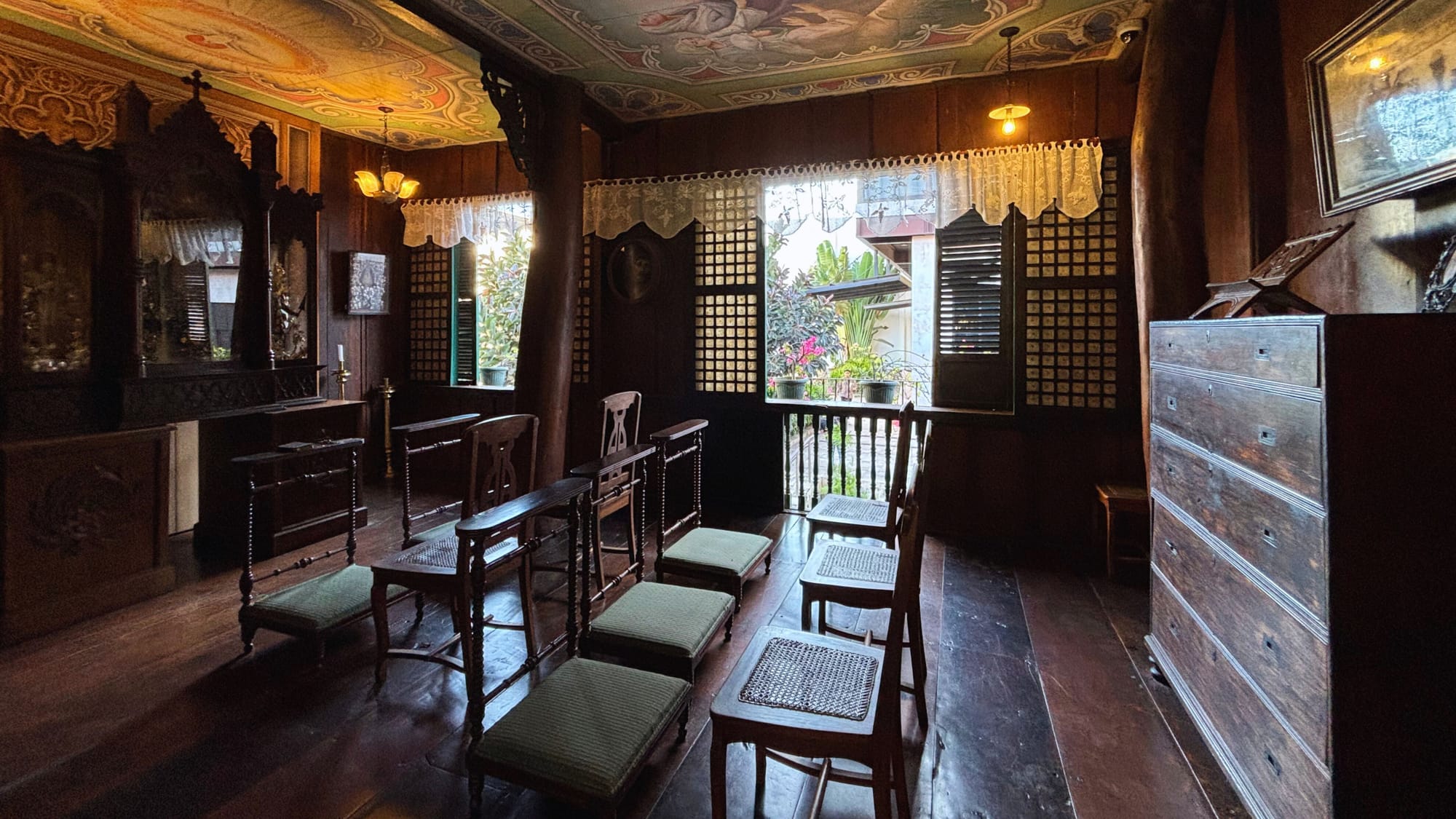
Ramon Aboitiz Foundation's Restoration
It was Casa Gorordo's deep connection to Bishop Gorordo and Cebu's own evolution, that prompted the Ramon Aboitiz Foundation Inc. (RAFI) to act. Recognizing the house’s immense value, RAFI acquired it in 1980 and undertook careful restoration. By 1983, Casa Gorordo was reborn as a museum, a living bridge between past and present.
Casa Gorordo’s Architecture: A Tropical Masterpiece
Casa Gorordo perfectly embodies the Bahay na Bato style: solid coral stone walls at the ground floor (zaguan) and airy hardwood living quarters (taas) above, built to withstand tropical heat and storms.
The construction materials used in Casa Gorordo were chosen for both practicality and prestige. The ground floor called Zaguan or silong utilizes coral stone blocks, a common Cebuano material valued for its durability and ability to keep the lower level cool.
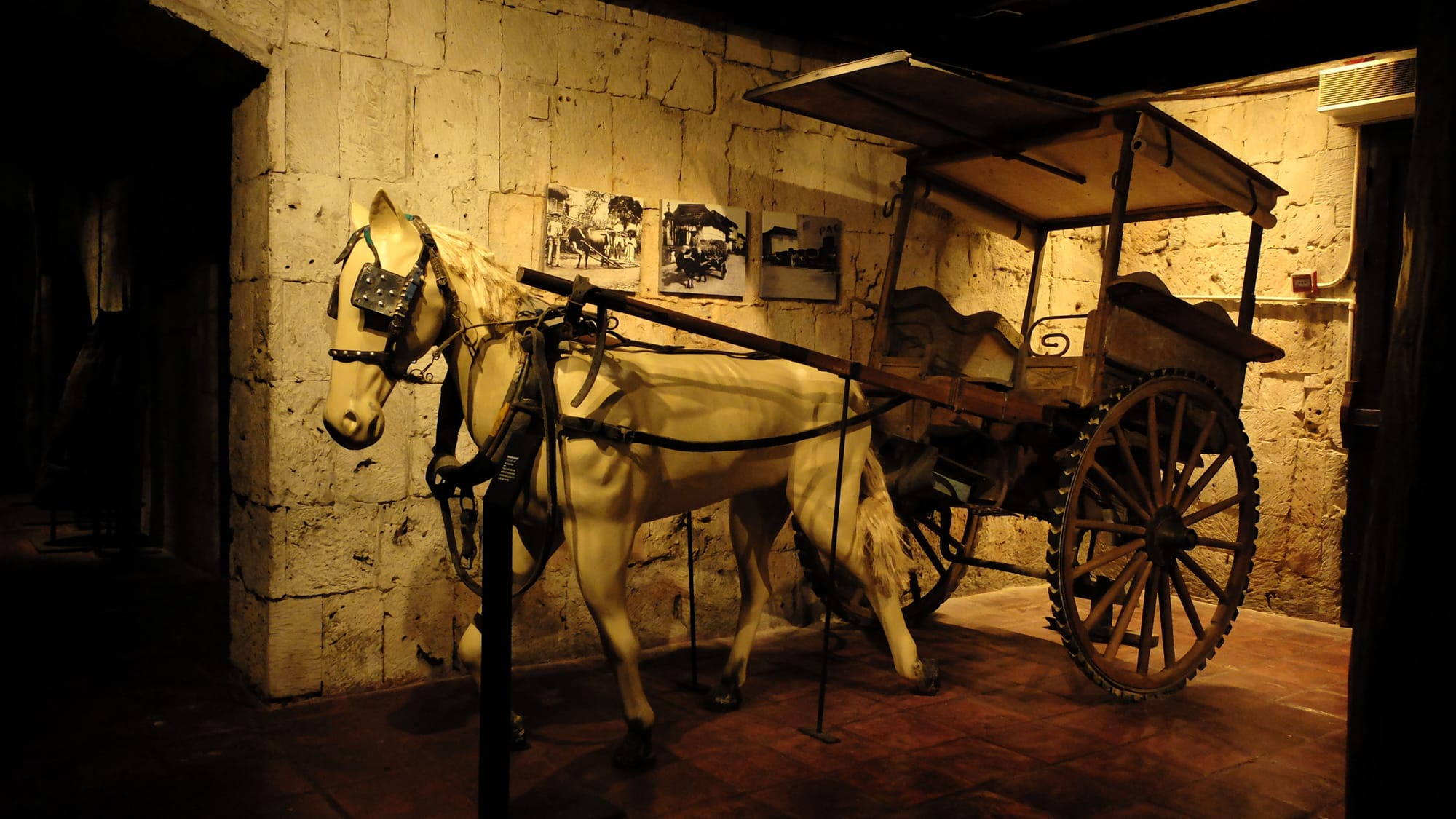
For the upper floor, Philippine hardwoods such as molave and narra were used, forming structural elements and intricately carved furniture. These hardwoods also frame the characteristic division carvings on the ceiling and sliding windows fitted with translucent capiz shells that allowed for ventilation while maintaining privacy and elegance.
Beyond the general structure, several unique features await discovery inside the house. A notable element is the Capilla, a private chapel, which is a rare feature of Filipino ancestral homes. Visitors can also explore the Azotea, an open-air terrace that functioned as a versatile space used for everything from laundry and drying crops to siesta and storytelling. The Descanso, a landing spot partway up the main staircase, served as a traditional resting spot for guests before they ascended into the formal living quarters of the upper floor.
What Awaits Inside Casa Gorordo Museum
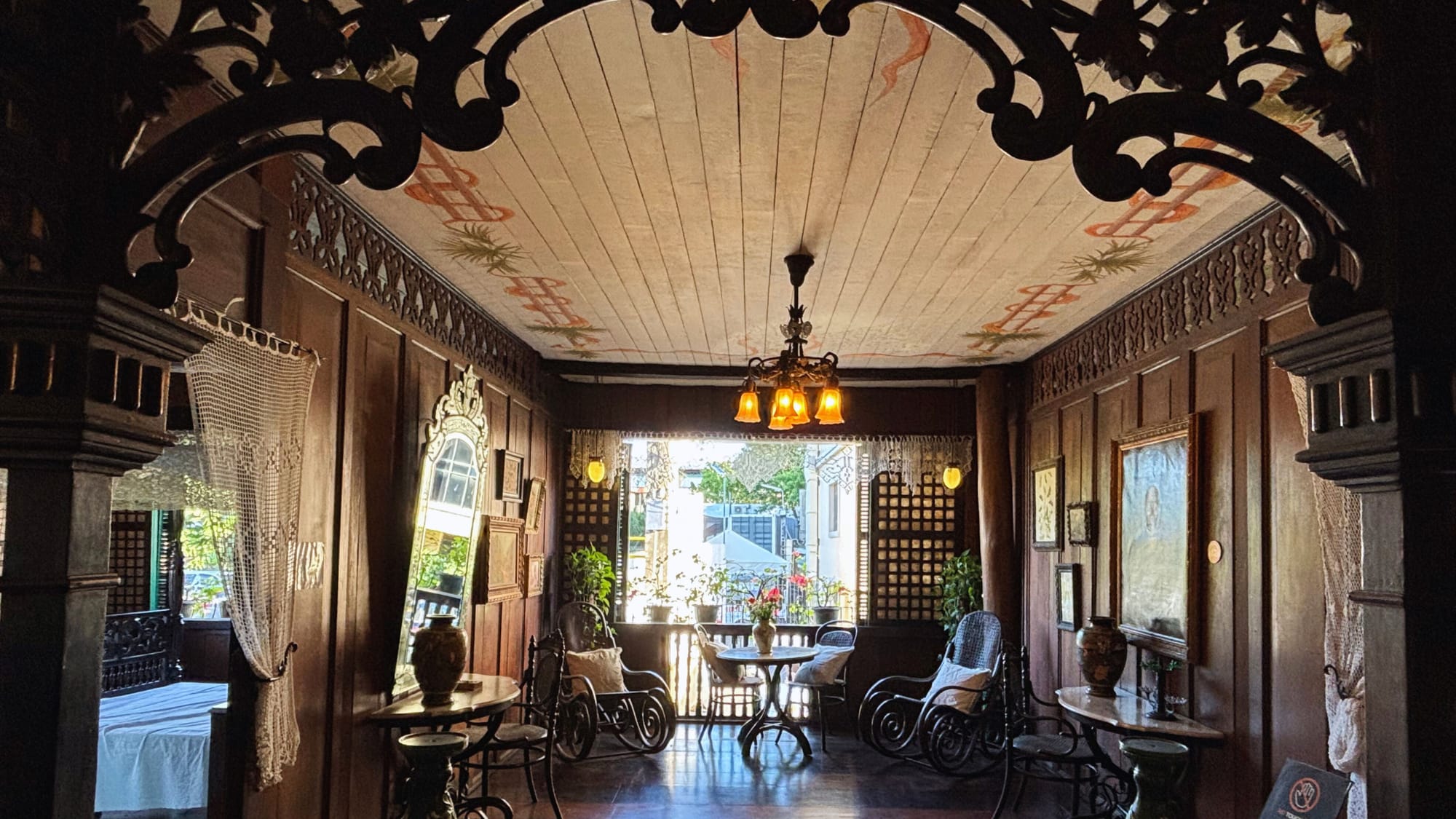
Period Furniture and Cultural Treasures
Explore the bedrooms, private and formal sala (living spaces), dining halls, and offices, all furnished with authentic 19th-century Philippine furniture. Notice the Master’s Bedroom: surprisingly simple, a reminder of the Gorordo family's modest trading roots despite their elevated status.
Religious Relics
Sacred heirlooms from Bishop Gorordo’s life are lovingly preserved in the Capilla, including personal items he once used during mass held at home.
Interactive Tours
Choose between an app-based self-guided tour or a guided experience led by knowledgeable staff. Interactive tablets bring deeper stories to life, making history feel vivid and personal.
Casa Gorordo Museum Entrance Fees (Updated 2025)
Regular visitors pay ₱100 to enter and enjoy the museum. For an additional ₱50 (₱150), you can learn more about the house with the help of a well-versed guide. Students, seniors & PWDS (with ID) can enjoy discounted rates at ₱50 for a self-guided tour. Check Casa Gorordo’s official website or social media for the latest rates and updates.
How to Get There
- Private Car: Search "Casa Gorordo Museum" via Waze or Google Maps. Limited parking, so it's best to leave the car or plan where to park.
- Jeepney: Look for routes passing through "Colon" or "Parian."
- Taxi or Ride-Hailing Apps (Grab): An expensive, albeit hassle-free option.
- On Foot: Perfect mid-stop on Cebu’s heritage walking trail.
Best Time to Visit
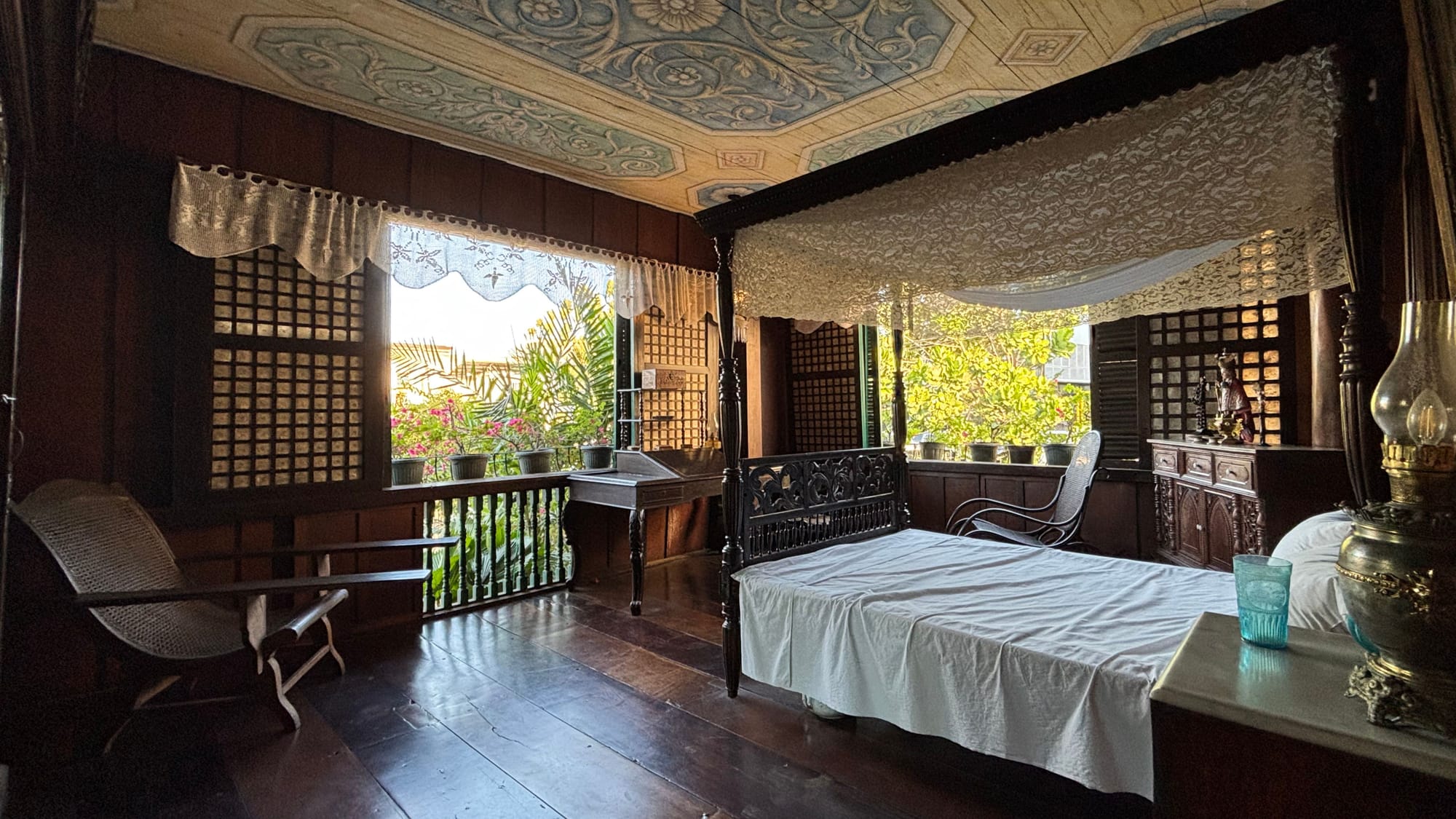
For the best photos under clear skies, visit during the dry season (December to May). However, to avoid crowds and intense heat, especially in the afternoon, aim for a weekday morning. Be mindful that even in the dry season (like April), walking around the Parian area later in the day can be uncomfortably hot.
Parking Tips
Parking is limited. Nearby pay lots exist, but can fill up fast, especially on weekends. Taking a Grab or a taxi might save you time and stress.
Nearby Historical Sites to Explore
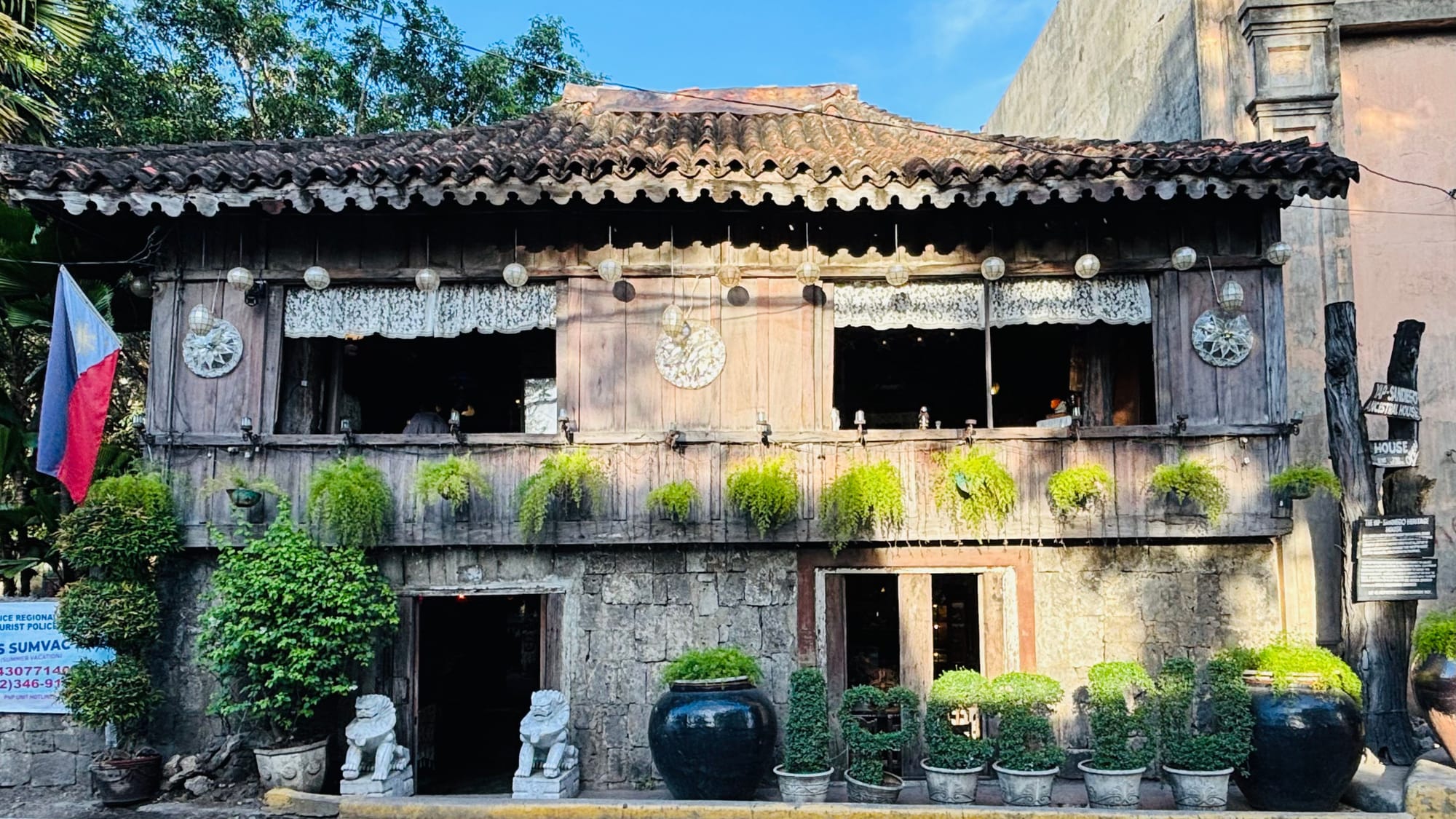
- Jesuit House Museum: A 1730 home hidden inside a warehouse. (5-min walk). The entrance fee is P100 for regular visitors, and each tour is guided.
- Yap-Sandiego Ancestral House: One of the Philippines’ oldest homes. (5-min walk). If you get off at Parian Monument, you will see this before Casa Gorordo.
- Colon Street: The oldest street in the Philippines, bustling with life. (10-min walk). Pay attention to the monument erected to mark this historic street.
- Fort San Pedro: Historic Spanish fort with leafy grounds inside Plaza Independencia. (15-min walk). A little far on foot, yet worth every step as it is just beside the National Museum of the Philippines - Cebu.
- Basilica Minore del Sto. Niño: Cebu’s spiritual heart. (15–20 min walk).
Frequently Asked Questions
What are the rules for visiting, including photography?
Photography for personal, non-commercial use is allowed, but without flash. Video recording is usually not allowed. To preserve the historical artifacts, visitors are reminded not to sit on, touch, or lean on the antique furniture and exhibits. Security personnel and monitoring are present, so please adhere to all museum guidelines and staff instructions. There's a 2-minute orientation by the staff at the reception, so a few house rules will be covered.
How much time should I allocate for a visit?
Plan for approximately 1 to 2 hours to appreciate the museum's exhibits, architecture, and peaceful atmosphere. This allows enough time to explore the house thoroughly.
Are there amenities like a gift shop or cafe?
Yes, there is a museum gift shop on-site where you can find souvenirs, including fridge magnets (prices vary, but often available for under ₱100) and books about Casa Gorordo and local history. For refreshments, there is a Bo's Coffee branch located within the museum premises, which is convenient if you need a drink or a short break, especially on warm Cebu days.
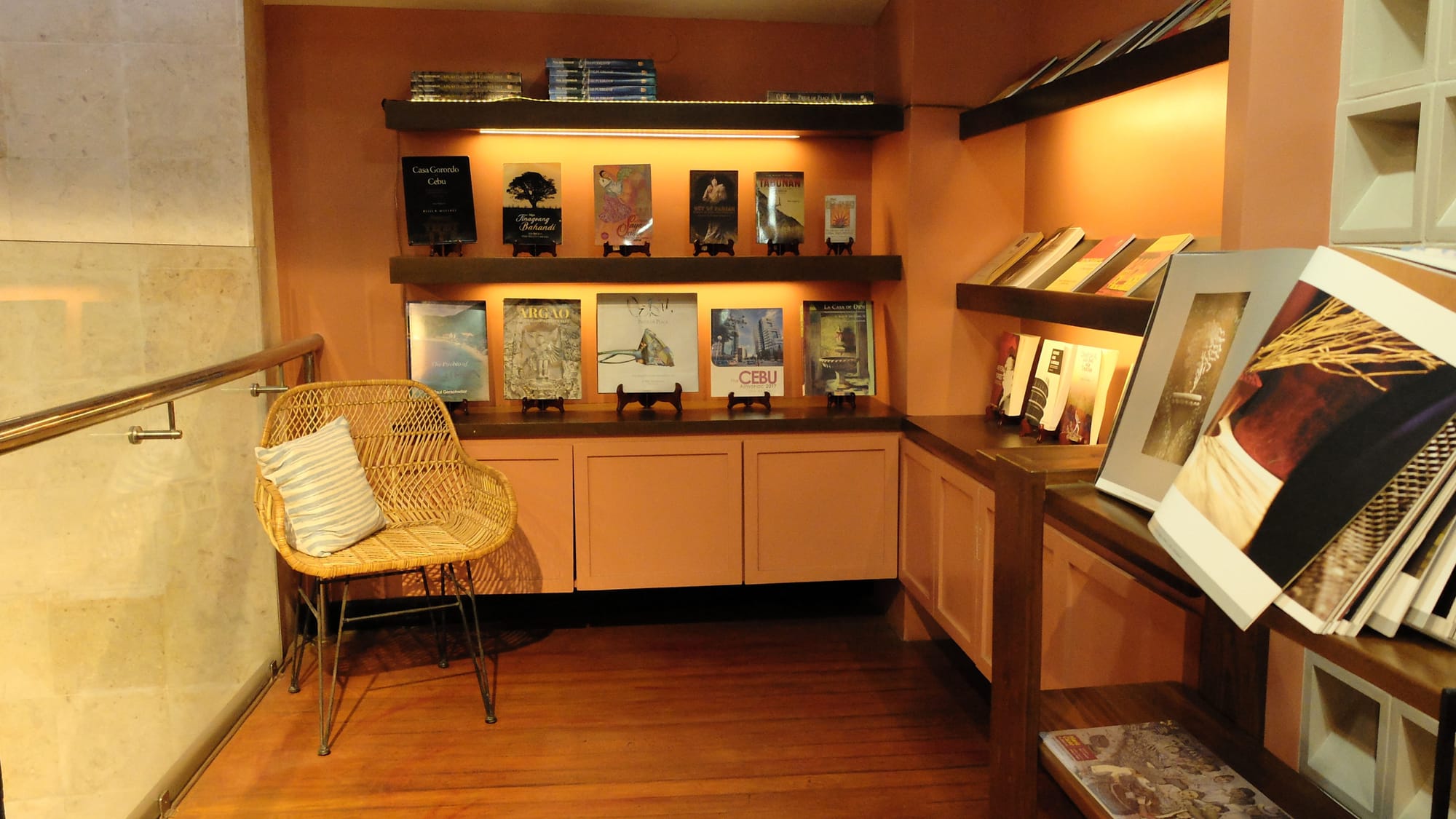
Are there any safety tips for exploring the area around Casa Gorordo?
Casa Gorordo is located in a historic urban area. Like many city centers, it's wise to be aware of your surroundings, especially in busier spots like near the Heritage of Cebu Monument, Colon Street, and Plaza Independencia. While police stations and officers are generally visible in the area, practice safety precautions. Secure your phones and bags, avoid wearing expensive jewelry, and dress simply.
Final Thoughts: Why Casa Gorordo Should Top Your Cebu Itinerary
Casa Gorordo isn’t just a museum — it’s Cebu’s heartbeat.
From coral stone walls to whispered prayers in the Capilla, every corner tells a story of resilience, faith, and global connection. Wear comfy shoes, linger in Parian's old streets, and don't forget to savor nearby Cebuano delicacies after your visit.
Getting to Casa Gorordo Museum from Issa Suites
If you’re staying at Issa Suites, here’s the easy, affordable way to get there:
- Ride a jeepney bound for Country Mall (₱13 fare) or an air-conditioned bus (₱15 fare).
- Transfer to another jeepney marked 62B or 13C (₱25 or less) or any jeepney marked "Colon."
- Get off at the Heritage of Cebu Monument (locally known as Parian Monument).
- Walk 5 minutes to Casa Gorordo along Eduardo Aboitiz Street.
Travel Tip: Always double-check with the driver that they pass by Parian. Cebuanos are friendly, don’t hesitate to ask!
